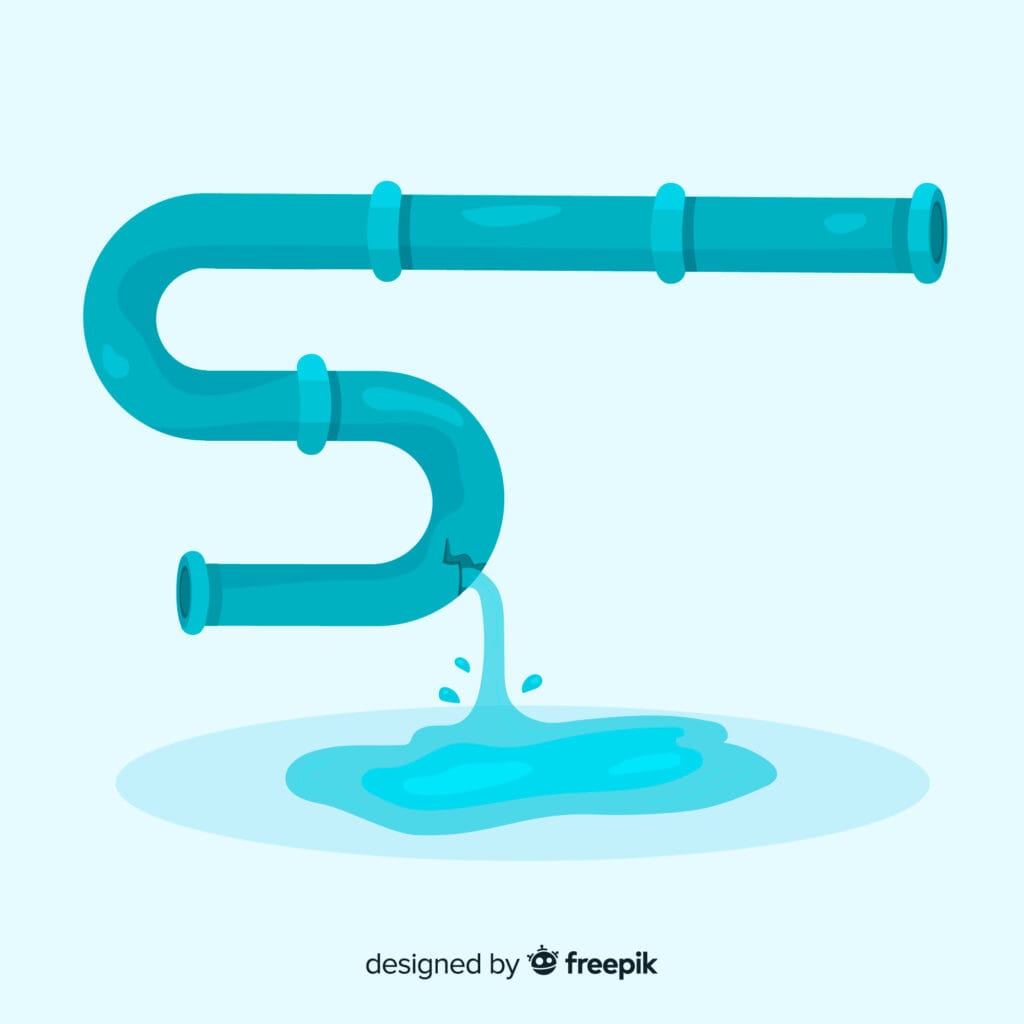Chlorination is a vital part of maintaining safe, clean water in any building. Whether you’re installing a new water system, renovating existing pipelines, or simply ensuring ongoing compliance, plumbing systems chlorination helps eliminate harmful bacteria and protects public health.
At Matt Chlor, we specialize in professional water line disinfection and chlorination services across Texas, California, and beyond. Here’s everything you need to know about when, why, and how to do chlorination the right way.
When Should You Chlorinate a Plumbing System?
Chlorination isn’t just a one-time task, it’s a crucial process that should be carried out in several scenarios:
- New construction or plumbing installations
- Post-repair or renovation of water lines
- After contamination events (e.g., flooding, backflow incidents)
- Before occupancy in new buildings
- When required by local or state health codes
In states like Texas and California, regulations often mandate water line disinfection as part of compliance for commercial and residential properties.
Why Is Plumbing Systems Chlorination Important?
The primary purpose of chlorinating plumbing systems is to disinfect the internal piping and eliminate bacteria like E. coli, Legionella, and coliforms, which can pose serious health risks.
Proper water line disinfection in Texas and California is essential not only for safety but also to:
- Meet health department or building code requirements
- Prevent unpleasant odors or taste in drinking water
- Reduce the risk of corrosion and biofilm buildup
- Improve the longevity of your water system
Skipping this step can lead to water quality violations, health concerns, and costly repairs.
How to Do Chlorination the Right Way
Chlorination must be done carefully to ensure full disinfection without harming the plumbing materials. The standard method includes:
1. Pre-Flushing the System
Flush all lines thoroughly with clean water to remove debris, dirt, and stagnant water.
2. Chlorine Injection
Inject a chlorine solution (typically 50–200 ppm) into the system using pumps or gravity feed methods, ensuring full saturation of all pipes and outlets.
3. Holding Time
Allow the chlorine to sit in the system for a minimum of 2 to 24 hours, depending on local codes and the level of contamination.
4. Post-Flushing and Testing
Flush the system again with fresh water to remove residual chlorine. Perform bacteriological testing to confirm the water is safe for consumption.
Trust the Experts at Matt Chlor
Chlorination may sound straightforward, but doing it incorrectly can cause more harm than good. That’s why professional help is recommended, especially in large-scale or commercial systems.
At Matt Chlor, we’ve helped thousands of property owners, contractors, and facility managers across Texas and California meet their plumbing system chlorination and water line disinfection needs with precision and compliance.
Final Thoughts
Whether you’re dealing with new plumbing installations or maintaining existing water lines, chlorination is essential for ensuring safe, potable water. Done correctly, it protects your system, your property, and your people.
Ready to schedule professional water line disinfection? Visit Matt Chlor today and trust the leaders in plumbing system chlorination services.




